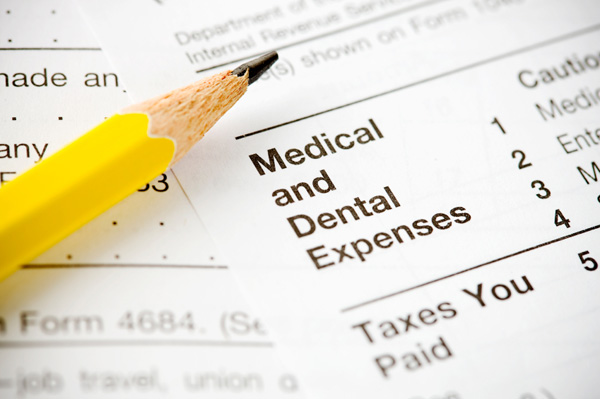Income Tax
Medical Tax Deduction for Seniors Rising to 10% Threshold
They may not know it, but this may be the last year that some of your older clients will be able to claim a medical expense deduction.
Mar. 31, 2016

They may not know it, but this may be the last year that some of your older clients will be able to claim a medical expense deduction.
Currently, the deduction for unreimbursed medical and dental expenses is limited to the excess above 7.5 percent of a client’s adjusted gross income (AGI). The threshold was raised to 10 percent of AGI, without much fanfare, by the Affordable Care Act (ACA), aka Obamacare, starting in 2013. But the ACA retained the 7.5 percent-of-AGI threshold for taxpayers age 65 or over.
Until now. This special tax break for senior citizens will expire after 2016. Beginning with the 2017 tax year, all of your clients will be lumped into the same group. No deduction will be allowed if you don’t clear the 10%-of-AGI hurdle – no matter how old you are.
If you have clients facing this predicament, you can do one of two things:
- Do or say nothing. In this case, some clients may be in an unpleasant tax surprise when next year rolls around. They might have a lower medical expense deduction than expected or not qualify for any deduction at all.
- Be proactive. Get the word out to those individuals who may be affected by the tax law change. Encourage them to bolster their deduction for 2016. This is the better approach if you want to better represent your clients.
Of course, taxpayers can only deduct expenses legitimately incurred for medical care and treatment. Other expenses, including the costs of cosmetic surgery, are nondeductible. Nevertheless, clients may have some leeway in the following situations.
Prescription drugs: Amounts paid for prescription drugs and insulin are treated as deductible medical expenses (but not over-the-counter medications). When possible, order the maximum prescription allowed by your physician and pay for it in 2016.
Travel and transportation: You can deduct the cost of travel to receive medical care or treatment, including airfare, even if similar care or treatment is available nearby. If you go by car, you may deduct your actual automobile expenses or a flat rate (19 cents per mile in 2016) plus related tolls and parking fees. Similarly, the cost of tax fare or an Uber service to the place of care or treatment is deductible.
Lodging: In addition, you may deduct the cost of staying at a hotel or motel while you are receiving medical care or treatment away from home, as long as the accommodations aren’t “lavish or extravagant.” Caveat: The deductible amount for lodging is limited to $50 per day. If a companion’s presence on the trip is required, the cost of his or her lodging is also deductible, subject to the $50‑per‑day limit.
Nursing care: If a family member needs nursing services at home, the cost of the services is deductible The medical care doesn’t necessarily have to be provided by a registered nurse. In other words, you can pay someone else (e.g., another family member) to provide the medical care and still write off the cost.
Capital improvements: Write off part of a home improvement if the improvement is made for a medical reason. For instance, the cost of installing central air conditioning to alleviate a child’s asthma is deductible. The amount eligible for the deduction is the cost exceeding the increase in the home’s value. Note: The cost of maintaining and operating the improvement also qualifies for the deduction.
Regular doctor visits: As the year winds down, you might schedule routine medical and dental visits, such as physical exams and dental cleanings, in 2016, especially if they would normally take place early in 2017. Remember that it will be much harder to clear the medical expense threshold next year.
Informing and advising your clients about this pending tax law change can cement and improve long-standing relationships. Don’t let this opportunity pass you and your clients by.
